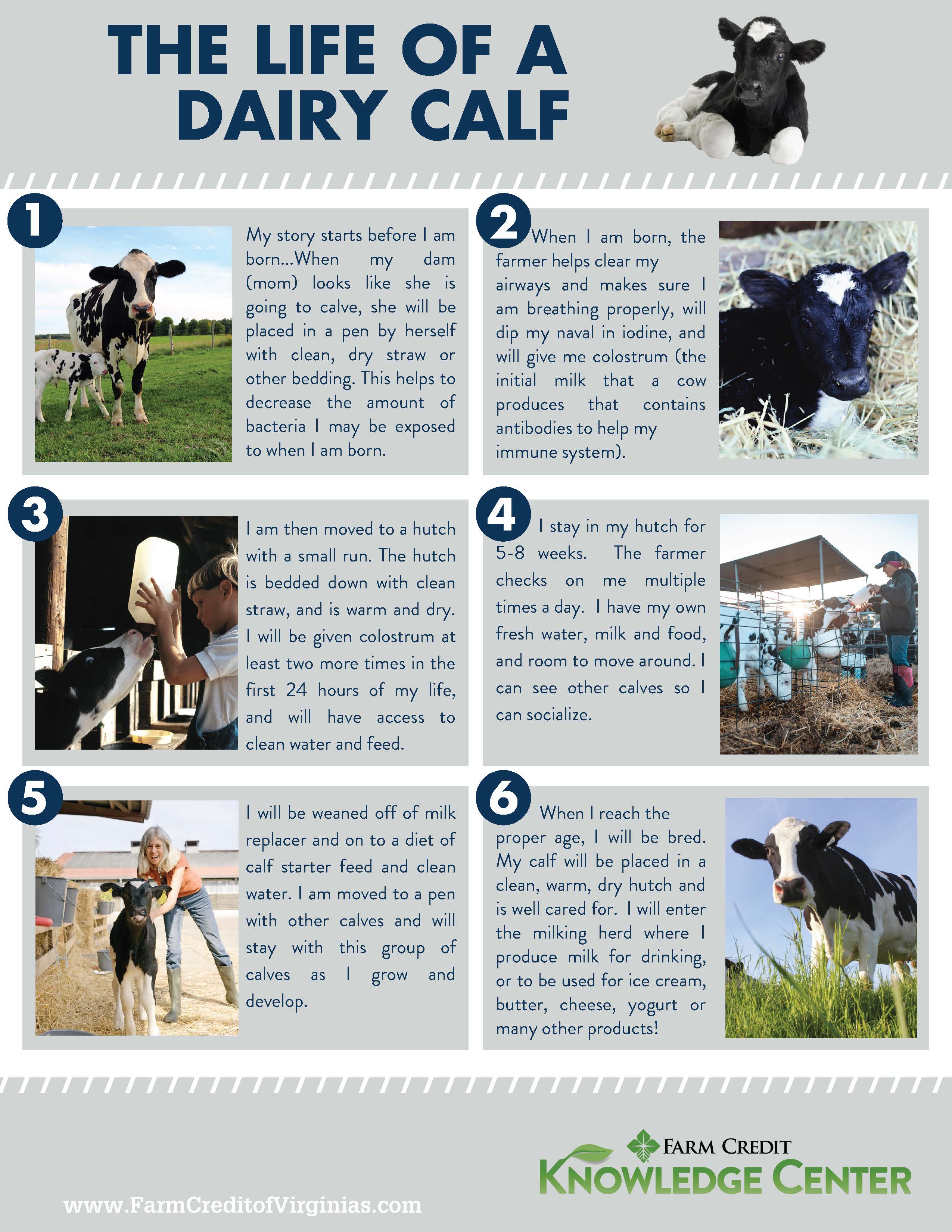Life of a Dairy Calf
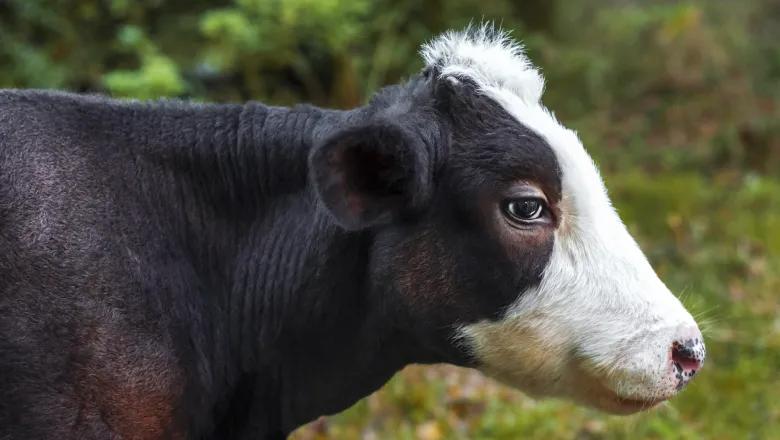
Educator Resources
What is the life of a dairy calf?
Raising calves is filled with care and attention to ensure their health and success! Follow the typical life of a dairy calf to learn more about the decisions farmers make to give them the best care possible!
My Story
My story starts before I am born...dairy farmers know when their cows are supposed to calve (give birth) and will generally move those who are close to calving into a pen where they can be closely monitored. When my dam (mom) looks like she is going to calve, she will be placed in a pen by herself with clean, dry straw or other bedding. This helps to decrease the amount of bacteria I may be exposed to when I am born.
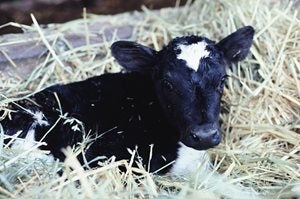
When I am born, the farmer will help clear my airways and make sure I am breathing properly. He or she will also dip my navel in an iodine solution to help dry it out and prevent infection, and will give me some colostrum (the initial milk that a cow produces that contains antibodies to help my immune system). They will also check on my dam to make sure that she is okay.
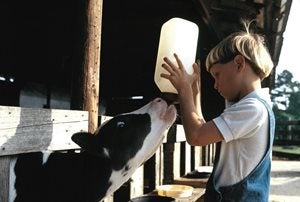
Once I am clean, dry and have had some colostrum, I will be moved to a hutch - which is an individual house with a small run. The hutch is bedded down with clean straw, sand, shavings or another type of bedding to help keep me warm and dry. I will be given colostrum at least two more times in the first 24 hours of my life, and will have access to clean water and feed. Most dairy farmers will move the calves to their own pen/house within 24 hours of birth - this helps to decrease the stress to the cow and calf and also helps to cut down on any potential bacterial contamination from the cow to the calf.
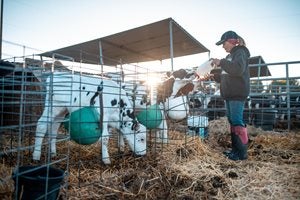
I will stay in my hutch for approximately 5-8 weeks*. The farmer will come to check on me multiple times of day, and I will have my own fresh water, milk and food available. I have room to move around in my hutch, and can see other calves in hutches so I can socialize. We are kept separate to decrease the chance of an illness infecting all of us - if one calf gets sick it is less likely to spread to the rest of the calves because they do not come in physical contact with each other.
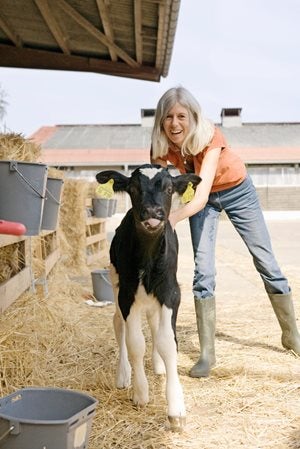
I will be weaned off of milk replacer and on to a diet of calf starter feed and clean water some time between 4 and 8 weeks (on average). About the same time, I will be moved to a pen with other calves that are of similar age. I will stay with this group of calves as I continue to grow and develop. Many times, dairy farmers will keep several different pens with calves of similar ages, that have similar requirements for feed, water and management. I will continue to be fed a highly nutritious diet, and the farmer will keep a close eye to make sure I am growing and developing properly and do not get ill.
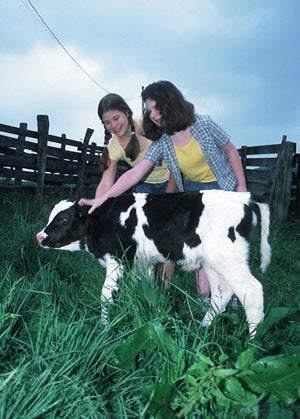
When I reach the proper age, I will be bred, usually through artificial insemination (A.I.). Most dairies do not keep a bull on the farm, and they use A.I. so they can take advantage of the top genetics in the breed by being able to use high quality bulls that may live in a different area. Once I calve, my calf will be separated and placed in a clean, warm, dry hutch where it is well cared for, and I will enter the milking herd where I will produce milk for you to drink, or to be used for ice cream, butter, cheese, yogurt or many other products!
*On many dairy farms, bull calves (boys) are sold to another farmer who will bottle feed and grain feed those calves to be used for beef production.
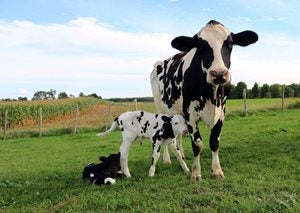
Download the PDF of "The Life of a Dairy Calf" Infographic
